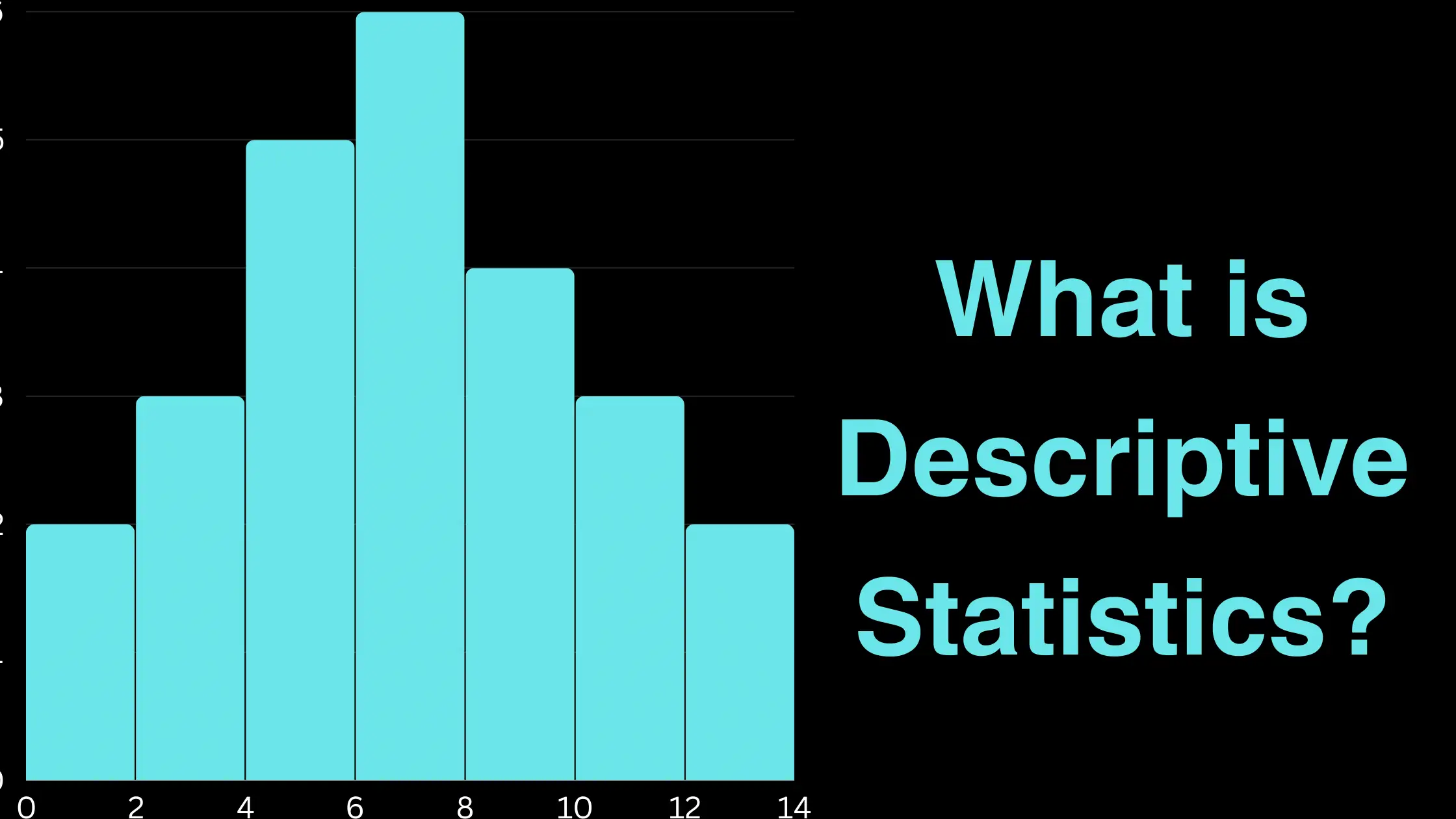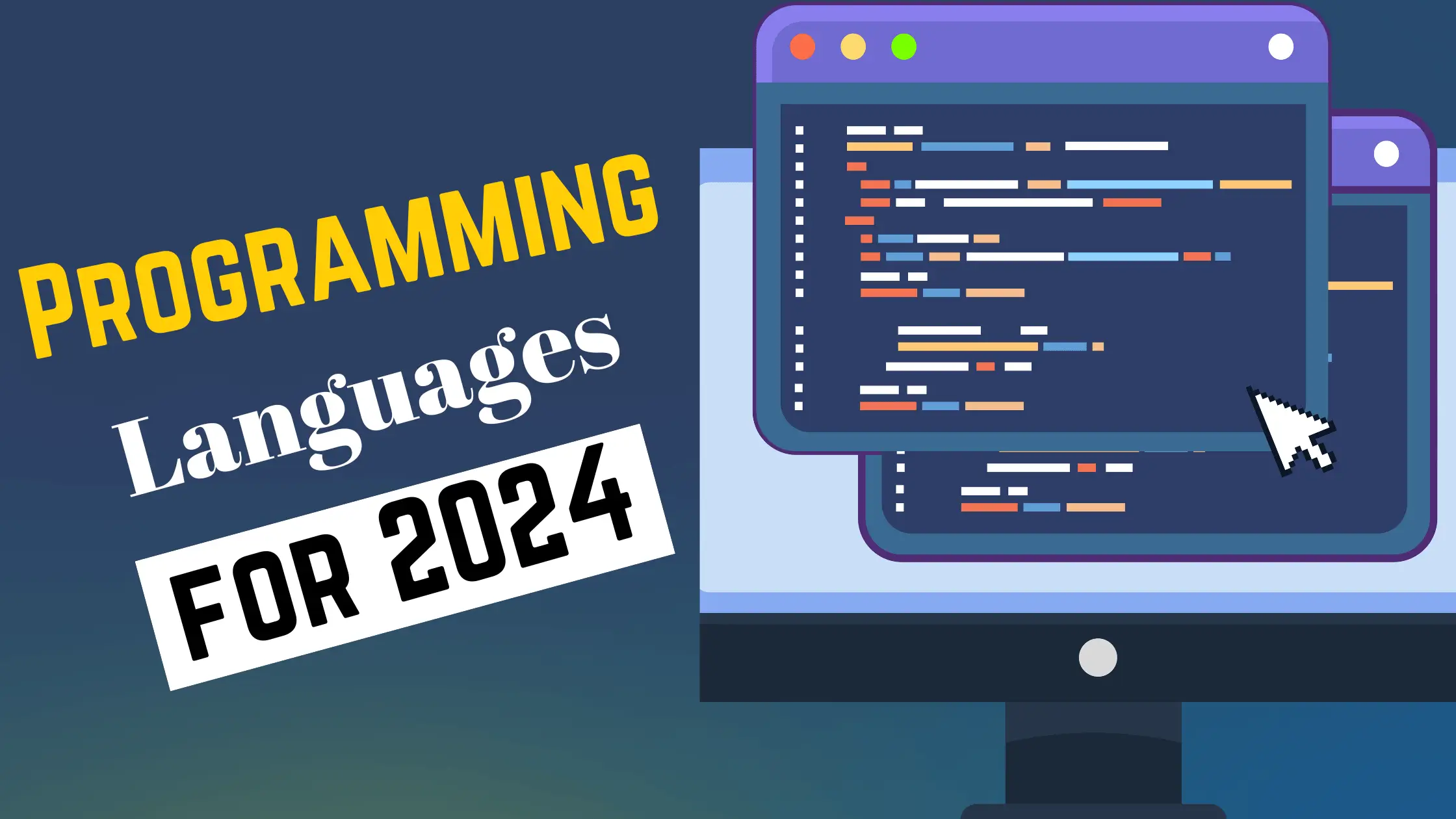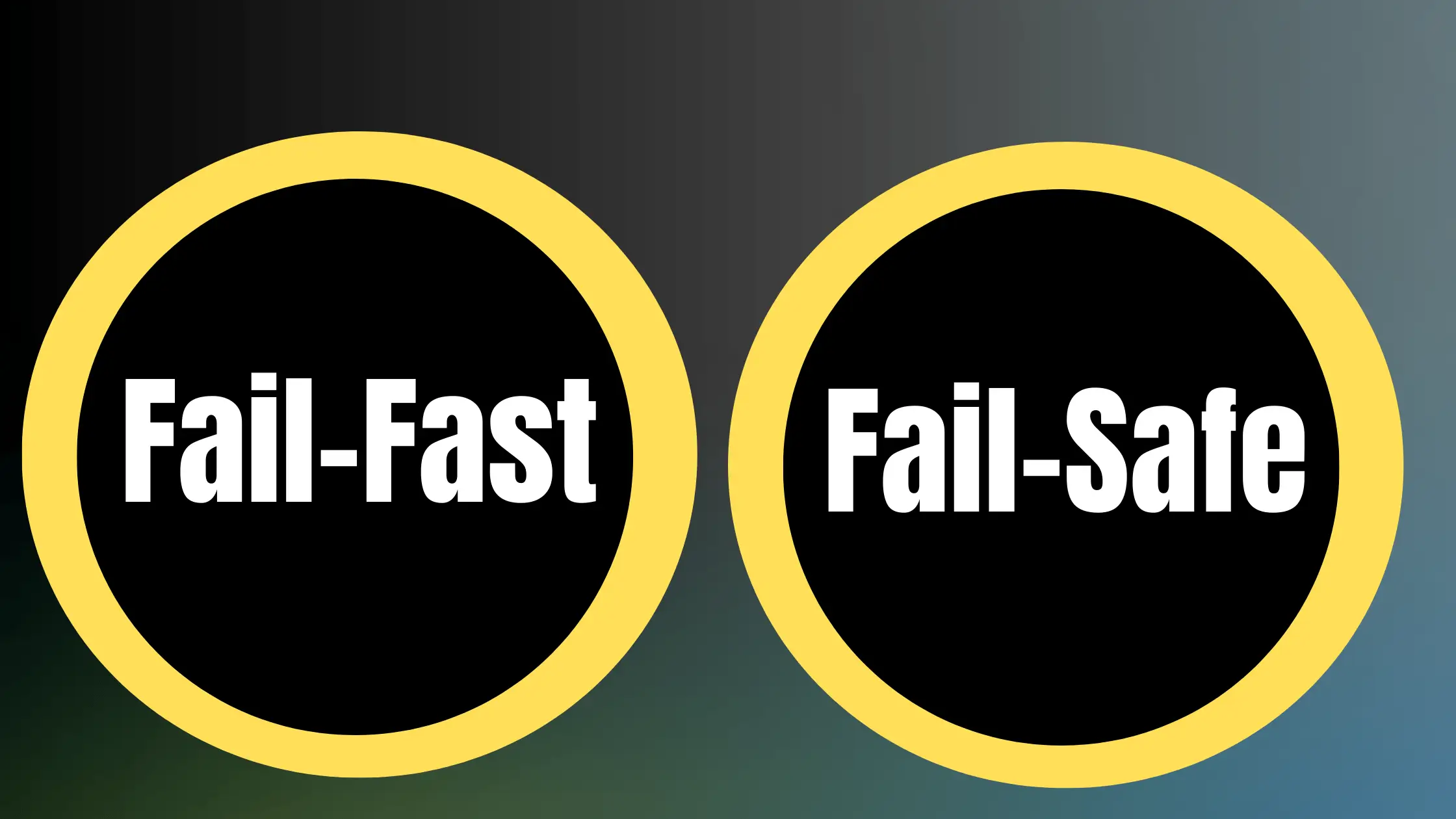Software engineering is a dynamic and rapidly evolving field that requires a unique set of skills and knowledge. While theoretical learning is essential, it alone is not sufficient to prepare aspiring software engineers for the challenges they will face in the real world. This is where project-based learning comes into play, offering a transformative approach to education that bridges the gap between theory and practice.
What is Project-Based Learning?
Project-based learning is an educational approach that emphasizes hands-on, experiential learning through the completion of real-world projects. In the context of software engineering, this means working on authentic software development projects that mirror the challenges and complexities encountered in the industry.
Benefits of Project-Based Learning
- Practical Skills Development:
- Project-based learning allows students to apply theoretical concepts to practical scenarios, reinforcing their understanding and developing essential skills.
- It provides opportunities to work with real programming languages, tools, and frameworks, gaining hands-on experience that is highly valued by employers.
- Problem-Solving and Critical Thinking:
- Engaging in projects presents learners with complex problems that require critical thinking and problem-solving skills.
- Students learn to break down complex tasks, analyze requirements, and devise effective solutions, honing their ability to tackle challenges in the software engineering field.
- Collaboration and Teamwork:
- Software engineering projects often involve working in teams, mimicking the collaborative nature of the industry.
- Project-based learning fosters teamwork skills, enabling students to communicate effectively, delegate tasks, and work together towards a common goal.
- Collaboration skills are highly sought after by employers, as software development is rarely a solo endeavor.
- Portfolio Building:
- Completing real-world projects allows students to build a compelling portfolio that showcases their skills and achievements.
- A strong portfolio demonstrates practical experience and can be a significant advantage when seeking employment or freelance opportunities.
- It provides tangible evidence of a student’s abilities and sets them apart from candidates with only theoretical knowledge.
- Industry Relevance:
- Project-based learning aligns with the needs and expectations of the software engineering industry.
- By working on projects that resemble real-world scenarios, students gain a deeper understanding of industry practices, methodologies, and tools.
- This exposure prepares them to seamlessly transition into professional roles and contributes to their employability.
Top 15 Software Engineer Projects 2024 [Source Code]
1. AI-Powered Chatbot for Customer Support
In today’s fast-paced digital world, businesses are always looking for ways to improve customer support and enhance user experience. An AI-powered chatbot is an excellent project for software engineers to tackle in 2024. By leveraging natural language processing (NLP) and machine learning algorithms, you can create a chatbot that understands user queries and provides accurate and helpful responses in real-time.
Key Features:
- Natural language understanding and processing
- Sentiment analysis to gauge user emotions
- Integration with customer support systems
- Multilingual support
- Personalized responses based on user history
Source Code:
import nltk
from nltk.chat.util import Chat, reflections
pairs = [
[
r"my name is (.*)",
["Hello %1, how can I assist you today?"]
],
[
r"hi|hello|hey",
["Hello!", "Hi there!", "Hey! How can I help you?"]
],
[
r"what can you do?",
["I can assist you with a variety of tasks, such as answering questions, providing information, and helping you navigate our services. How may I help you today?"]
],
[
r"bye|goodbye",
["Goodbye! Have a great day.", "Take care! Feel free to reach out if you need any further assistance."]
]
]
def chatbot():
print("Welcome to the AI-Powered Chatbot!")
chat = Chat(pairs, reflections)
chat.converse()
if __name__ == "__main__":
chatbot()2. Blockchain-Based Supply Chain Management System
Supply chain management is a critical aspect of many businesses, and blockchain technology has the potential to revolutionize this industry. As a software engineer, you can develop a blockchain-based supply chain management system that ensures transparency, traceability, and security throughout the entire supply chain process.
Key Features:
- Decentralized and immutable ledger
- Smart contracts for automated transactions
- Real-time tracking and monitoring of goods
- Secure and tamper-proof records
- Integration with IoT devices for data collection
Source Code:
pragma solidity ^0.8.0;
contract SupplyChain {
struct Product {
uint256 id;
string name;
uint256 price;
address owner;
bool delivered;
}
mapping(uint256 => Product) public products;
uint256 public productCount;
event ProductCreated(uint256 id, string name, uint256 price, address owner);
event ProductDelivered(uint256 id);
function createProduct(string memory _name, uint256 _price) public {
productCount++;
products[productCount] = Product(productCount, _name, _price, msg.sender, false);
emit ProductCreated(productCount, _name, _price, msg.sender);
}
function deliverProduct(uint256 _id) public {
require(products[_id].owner == msg.sender, "Only the owner can mark the product as delivered.");
products[_id].delivered = true;
emit ProductDelivered(_id);
}
}3. Augmented Reality (AR) Interior Design App
Interior design is an exciting field that can greatly benefit from the advancements in augmented reality technology. As a software engineer, you can create an AR interior design app that allows users to visualize and experiment with different furniture and decor options in their own space.
Key Features:
- Realistic 3D rendering of furniture and decor items
- Real-time positioning and scaling of virtual objects
- Integration with popular furniture retailers for seamless shopping experience
- Social sharing options to showcase designs
- Personalized recommendations based on user preferences
Source Code:
import ARKit
import SceneKit
class ViewController: UIViewController, ARSCNViewDelegate {
@IBOutlet var sceneView: ARSCNView!
override func viewDidLoad() {
super.viewDidLoad()
sceneView.delegate = self
sceneView.showsStatistics = true
let scene = SCNScene()
sceneView.scene = scene
}
override func viewWillAppear(_ animated: Bool) {
super.viewWillAppear(animated)
let configuration = ARWorldTrackingConfiguration()
configuration.planeDetection = .horizontal
sceneView.session.run(configuration)
}
func renderer(_ renderer: SCNSceneRenderer, didAdd node: SCNNode, for anchor: ARAnchor) {
if let planeAnchor = anchor as? ARPlaneAnchor {
let plane = SCNPlane(width: CGFloat(planeAnchor.extent.x), height: CGFloat(planeAnchor.extent.z))
let planeNode = SCNNode(geometry: plane)
planeNode.position = SCNVector3(planeAnchor.center.x, 0, planeAnchor.center.z)
planeNode.eulerAngles.x = -.pi / 2
node.addChildNode(planeNode)
}
}
@IBAction func addFurniture(_ sender: UIButton) {
let furnitureScene = SCNScene(named: "art.scnassets/chair.scn")!
let furnitureNode = furnitureScene.rootNode.childNode(withName: "chair", recursively: false)!
furnitureNode.position = SCNVector3(0, 0, -1)
sceneView.scene.rootNode.addChildNode(furnitureNode)
}
}4. Real-Time Language Translation App
With globalization on the rise, the need for effective communication across language barriers has never been greater. As a software engineer, you can develop a real-time language translation app that enables users to seamlessly communicate with people who speak different languages.
Key Features:
- Real-time audio and text translation
- Support for a wide range of languages
- Offline translation capabilities
- Integration with voice assistants like Siri or Google Assistant
- Customizable translation settings (e.g., speed, accent)
Source Code:
import speech_recognition as sr
from googletrans import Translator
def translate_speech(language):
recognizer = sr.Recognizer()
translator = Translator()
with sr.Microphone() as source:
print("Speak now...")
audio = recognizer.listen(source)
try:
text = recognizer.recognize_google(audio)
print("You said:", text)
translation = translator.translate(text, dest=language)
print("Translation:", translation.text)
except sr.UnknownValueError:
print("Sorry, I could not understand your speech.")
except sr.RequestError:
print("Sorry, my speech recognition service is currently unavailable.")
# Example usage
translate_speech("fr") # Translate from default language (English) to French5. Smart Home Automation System
The Internet of Things (IoT) has opened up endless possibilities for home automation. As a software engineer, you can create a smart home automation system that allows users to control and monitor various aspects of their home, such as lighting, temperature, security, and appliances, through a single app or voice commands.
Key Features:
- Integration with popular smart home devices and protocols (e.g., Zigbee, Z-Wave)
- Customizable automation routines and schedules
- Remote access and control via mobile app
- Voice control integration with Amazon Alexa, Google Assistant, or Apple HomeKit
- Energy monitoring and optimization
Source Code:
const express = require('express');
const mqtt = require('mqtt');
const app = express();
const client = mqtt.connect('mqtt://localhost');
// Define routes for controlling devices
app.get('/lights/on', (req, res) => {
client.publish('home/lights', 'on');
res.send('Lights turned on');
});
app.get('/lights/off', (req, res) => {
client.publish('home/lights', 'off');
res.send('Lights turned off');
});
app.get('/temperature', (req, res) => {
client.publish('home/temperature/get', '');
client.subscribe('home/temperature');
client.on('message', (topic, message) => {
if (topic === 'home/temperature') {
const temperature = parseFloat(message.toString());
res.send(`Current temperature: ${temperature}°C`);
}
});
});
// Start the server
app.listen(3000, () => {
console.log('Smart Home Automation System is running on port 3000');
});6. Intelligent Task Management App
Staying organized and productive in today’s fast-paced world can be a challenge. As a software engineer, you can develop an intelligent task management app that helps users prioritize tasks, set reminders, and track progress using AI and machine learning techniques.
Key Features:
- Automatic task prioritization based on deadlines and importance
- Natural language processing for easy task input
- Personalized task recommendations based on user behavior and preferences
- Integration with popular productivity tools (e.g., Google Calendar, Trello)
- Gamification elements to encourage user engagement and motivation
Source Code:
from datetime import datetime
class Task:
def __init__(self, title, description, deadline):
self.title = title
self.description = description
self.deadline = deadline
self.completed = False
def mark_completed(self):
self.completed = True
def is_overdue(self):
return datetime.now() > self.deadline
class TaskManager:
def __init__(self):
self.tasks = []
def add_task(self, task):
self.tasks.append(task)
def remove_task(self, task):
self.tasks.remove(task)
def get_tasks(self):
return self.tasks
def get_overdue_tasks(self):
return [task for task in self.tasks if task.is_overdue()]
def get_completed_tasks(self):
return [task for task in self.tasks if task.completed]
# Example usage
task_manager = TaskManager()
task1 = Task("Finish project report", "Write the final section and proofread", datetime(2024, 6, 30))
task2 = Task("Submit expense reports", "Gather receipts and fill out expense form", datetime(2024, 7, 15))
task3 = Task("Attend team meeting", "Prepare agenda and discuss project updates", datetime(2024, 7, 10))
task_manager.add_task(task1)
task_manager.add_task(task2)
task_manager.add_task(task3)
print("All tasks:")
for task in task_manager.get_tasks():
print(task.title)
print("\nOverdue tasks:")
for task in task_manager.get_overdue_tasks():
print(task.title)
task2.mark_completed()
print("\nCompleted tasks:")
for task in task_manager.get_completed_tasks():
print(task.title)7. Personalized News Recommendation Engine
With the abundance of news sources and articles available online, it can be overwhelming for users to find relevant and interesting content. As a software engineer, you can create a personalized news recommendation engine that curates articles based on user preferences, reading history, and social media interactions.
Key Features:
- Content aggregation from multiple news sources
- Natural language processing for article categorization and sentiment analysis
- Collaborative filtering and content-based recommendation algorithms
- Personalized news feeds and email digests
- Social sharing and commenting features
Source Code:
import pandas as pd
from sklearn.feature_extraction.text import TfidfVectorizer
from sklearn.metrics.pairwise import cosine_similarity
# Load news articles data
articles_df = pd.read_csv('news_articles.csv')
# Create TF-IDF matrix
tfidf = TfidfVectorizer(stop_words='english')
tfidf_matrix = tfidf.fit_transform(articles_df['content'])
# Function to get article recommendations
def get_recommendations(article_id, top_n=5):
# Get the index of the article
idx = articles_df[articles_df['article_id'] == article_id].index[0]
# Calculate cosine similarity scores
similarity_scores = cosine_similarity(tfidf_matrix[idx], tfidf_matrix)
# Get the indices of top similar articles
similar_indices = similarity_scores.argsort()[0][-top_n-1:-1][::-1]
# Return the titles of recommended articles
return articles_df.iloc[similar_indices]['title'].tolist()
# Example usage
article_id = 1001 # ID of the article for which recommendations are needed
recommended_articles = get_recommendations(article_id)
print(f"Recommended articles for article {article_id}:")
for article in recommended_articles:
print(article)8. Sentiment Analysis Tool for Social Media
Social media has become a powerful platform for businesses to engage with their customers and gain valuable insights. As a software engineer, you can develop a sentiment analysis tool that analyzes social media posts and comments to determine the overall sentiment towards a brand, product, or topic.
Key Features:
- Integration with popular social media APIs (e.g., Twitter, Facebook, Instagram)
- Real-time sentiment analysis using natural language processing techniques
- Visualization of sentiment trends and insights through charts and graphs
- Alerting system for detecting sudden shifts in sentiment
- Multilingual support for analyzing sentiment across different languages
Source Code:
import tweepy
from textblob import TextBlob
# Twitter API credentials
consumer_key = 'YOUR_CONSUMER_KEY'
consumer_secret = 'YOUR_CONSUMER_SECRET'
access_token = 'YOUR_ACCESS_TOKEN'
access_token_secret = 'YOUR_ACCESS_TOKEN_SECRET'
# Authenticate with Twitter API
auth = tweepy.OAuthHandler(consumer_key, consumer_secret)
auth.set_access_token(access_token, access_token_secret)
api = tweepy.API(auth)
# Function to perform sentiment analysis on tweets
def analyze_sentiment(tweet):
analysis = TextBlob(tweet.text)
sentiment = analysis.sentiment.polarity
if sentiment > 0:
return 'Positive'
elif sentiment < 0:
return 'Negative'
else:
return 'Neutral'
# Search for tweets containing a specific keyword
keyword = 'OpenAI'
tweets = tweepy.Cursor(api.search_tweets, q=keyword, lang='en').items(100)
# Analyze sentiment of each tweet
sentiment_counts = {'Positive': 0, 'Negative': 0, 'Neutral': 0}
for tweet in tweets:
sentiment = analyze_sentiment(tweet)
sentiment_counts[sentiment] += 1
# Print sentiment analysis results
print(f"Sentiment analysis for '{keyword}':")
for sentiment, count in sentiment_counts.items():
print(f"{sentiment}: {count} tweets")9. Virtual Reality (VR) Fitness App
Fitness enthusiasts are always looking for new and engaging ways to stay active and motivated. As a software engineer, you can create a virtual reality fitness app that immerses users in exciting workout environments and tracks their progress using VR technology.
Key Features:
- Immersive and interactive VR workout environments (e.g., beach, mountain, space)
- Personalized workout plans based on user fitness level and goals
- Real-time tracking of workout metrics (e.g., heart rate, calories burned)
- Multiplayer mode for social workouts and competitions
- Integration with popular fitness wearables and devices
Source Code:
using UnityEngine;
using UnityEngine.XR;
public class VRFitnessApp : MonoBehaviour
{
public Transform headTransform;
public Transform leftHandTransform;
public Transform rightHandTransform;
private Vector3 initialHeadPosition;
private bool isWorkoutStarted = false;
private float workoutDuration = 0f;
private void Start()
{
// Initialize the initial head position
initialHeadPosition = headTransform.position;
}
private void Update()
{
// Check if the user has started the workout
if (!isWorkoutStarted && IsUserReady())
{
StartWorkout();
}
// Update the workout duration if the workout is in progress
if (isWorkoutStarted)
{
workoutDuration += Time.deltaTime;
}
// Check if the user has completed the workout
if (isWorkoutStarted && IsWorkoutComplete())
{
EndWorkout();
}
}
private bool IsUserReady()
{
// Check if the user's head and hands are in the starting position
return headTransform.position.y >= initialHeadPosition.y &&
leftHandTransform.position.y >= initialHeadPosition.y &&
rightHandTransform.position.y >= initialHeadPosition.y;
}
private void StartWorkout()
{
isWorkoutStarted = true;
workoutDuration = 0f;
Debug.Log("Workout started!");
}
private bool IsWorkoutComplete()
{
// Check if the workout duration has reached the desired time
return workoutDuration >= 60f; // Example: 60 seconds workout
}
private void EndWorkout()
{
isWorkoutStarted = false;
Debug.Log("Workout completed! Duration: " + workoutDuration + " seconds");
}
}10. Smart Waste Management System
As cities continue to grow and the world becomes more environmentally conscious, effective waste management is a crucial challenge. As a software engineer, you can develop a smart waste management system that optimizes waste collection, reduces environmental impact, and encourages recycling.
Key Features:
- Real-time monitoring of waste levels in garbage bins using IoT sensors
- Optimized waste collection routes based on bin fill levels and traffic conditions
- Gamification elements to incentivize recycling and proper waste disposal
- Integration with municipal waste management systems and databases
- Analytics and reporting dashboards for waste management performance
Source Code:
from flask import Flask, jsonify
from random import randint
app = Flask(__name__)
# Simulated waste bin data
waste_bins = [
{'id': 1, 'location': 'Main Street', 'fill_level': 0.4},
{'id': 2, 'location': 'Park Avenue', 'fill_level': 0.8},
{'id': 3, 'location': 'Broadway', 'fill_level': 0.6},
# Add more waste bins...
]
# Route to get waste bin data
@app.route('/waste-bins', methods=['GET'])
def get_waste_bins():
return jsonify(waste_bins)
# Route to update waste bin fill level (simulated)
@app.route('/waste-bins/<int:bin_id>/update', methods=['POST'])
def update_waste_bin(bin_id):
for waste_bin in waste_bins:
if waste_bin['id'] == bin_id:
waste_bin['fill_level'] = randint(1, 100) / 100
return jsonify(waste_bin)
return jsonify({'error': 'Waste bin not found'}), 404
if __name__ == '__main__':
app.run()11. Intelligent Cybersecurity Monitoring System
Cybersecurity threats are becoming increasingly sophisticated, and organizations need advanced tools to detect and mitigate these risks. As a software engineer, you can create an intelligent cybersecurity monitoring system that leverages machine learning and anomaly detection techniques to identify potential security breaches in real-time.
Key Features:
- Real-time monitoring and analysis of network traffic and system logs
- Machine learning models for anomaly detection and threat classification
- Integration with security information and event management (SIEM) systems
- Automated incident response and remediation workflows
- Customizable alerting and reporting functionalities
Source Code:
import pandas as pd
from sklearn.ensemble import IsolationForest
# Load network traffic data
data = pd.read_csv('network_traffic.csv')
# Select relevant features for anomaly detection
features = ['src_ip', 'dst_ip', 'src_port', 'dst_port', 'protocol', 'bytes']
# Train isolation forest model for anomaly detection
model = IsolationForest(n_estimators=100, contamination=0.01)
model.fit(data[features])
# Function to detect anomalies in network traffic
def detect_anomalies(traffic_data):
anomalies = model.predict(traffic_data[features])
anomaly_indices = list(anomalies).index(-1)
return traffic_data.iloc[anomaly_indices]
# Example usage
new_traffic_data = pd.read_csv('new_traffic.csv')
anomalies = detect_anomalies(new_traffic_data)
print("Detected anomalies:")
print(anomalies)12. Voice-Controlled Smart Assistant for Productivity
Voice-controlled smart assistants have become increasingly popular for their convenience and ease of use. As a software engineer, you can develop a voice-controlled smart assistant specifically designed to enhance productivity by integrating with various productivity tools and services.
Key Features:
- Voice recognition and natural language processing for user interactions
- Integration with popular productivity tools (e.g., Google Workspace, Trello, Slack)
- Task management and reminders based on voice commands
- Contextual information retrieval and summarization
- Customizable voice profiles and settings
Source Code:
import speech_recognition as sr
import pyttsx3
import pywhatkit
# Initialize speech recognition and text-to-speech engines
recognizer = sr.Recognizer()
engine = pyttsx3.init()
# Function to convert speech to text
def speech_to_text():
with sr.Microphone() as source:
print("Listening...")
audio = recognizer.listen(source)
try:
text = recognizer.recognize_google(audio)
print("You said:", text)
return text
except sr.UnknownValueError:
print("Sorry, I could not understand your speech.")
except sr.RequestError:
print("Sorry, my speech recognition service is currently unavailable.")
# Function to convert text to speech
def text_to_speech(text):
engine.say(text)
engine.runAndWait()
# Function to handle user commands
def handle_command(command):
if 'search' in command:
query = command.replace('search', '')
pywhatkit.search(query)
text_to_speech(f"Searching for {query} on Google.")
elif 'play' in command:
video = command.replace('play', '')
pywhatkit.playonyt(video)
text_to_speech(f"Playing {video} on YouTube.")
else:
text_to_speech("Sorry, I could not understand your command.")
# Main loop
while True:
command = speech_to_text()
if command:
handle_command(command)13. Augmented Reality (AR) Navigation App
Navigation apps have become an essential tool for people to find their way around unfamiliar places. As a software engineer, you can take navigation to the next level by developing an augmented reality navigation app that overlays directions and points of interest in the user’s real-world view.
Key Features:
- Real-time AR overlay of directions and navigation cues
- Integration with mapping services for accurate location data
- Points of interest (POI) recommendations based on user preferences
- Live traffic updates and route optimization
- Voice-guided navigation and hands-free mode
Source Code:
import ARKit
import CoreLocation
import MapKit
class ViewController: UIViewController, ARSCNViewDelegate, CLLocationManagerDelegate {
@IBOutlet var sceneView: ARSCNView!
let locationManager = CLLocationManager()
var currentLocation: CLLocation?
var destination: CLLocation?
override func viewDidLoad() {
super.viewDidLoad()
sceneView.delegate = self
locationManager.delegate = self
locationManager.desiredAccuracy = kCLLocationAccuracyBest
locationManager.requestWhenInUseAuthorization()
locationManager.startUpdatingLocation()
}
func locationManager(_ manager: CLLocationManager, didUpdateLocations locations: [CLLocation]) {
guard let location = locations.last else { return }
currentLocation = location
}
func renderer(_ renderer: SCNSceneRenderer, didAdd node: SCNNode, for anchor: ARAnchor) {
guard let currentLocation = currentLocation, let destination = destination else { return }
let distance = currentLocation.distance(from: destination)
let direction = currentLocation.direction(to: destination)
let textNode = SCNNode()
textNode.geometry = SCNText(string: "\(distance) meters", extrusionDepth: 1.0)
textNode.scale = SCNVector3(0.01, 0.01, 0.01)
textNode.position = SCNVector3(0, 0, -1)
node.addChildNode(textNode)
let arrowNode = SCNNode()
arrowNode.geometry = SCNPyramid(width: 0.1, height: 0.2, length: 0.1)
arrowNode.position = SCNVector3(0, 0, -1)
arrowNode.eulerAngles.y = direction
node.addChildNode(arrowNode)
}
}
extension CLLocation {
func distance(from location: CLLocation) -> CLLocationDistance {
return distance(from: location)
}
func direction(to location: CLLocation) -> Double {
return atan2(location.coordinate.longitude - coordinate.longitude,
location.coordinate.latitude - coordinate.latitude)
}
}14. Real-Time Object Detection and Tracking
Object detection and tracking have numerous applications, from surveillance systems to autonomous vehicles. As a software engineer, you can create a real-time object detection and tracking system that utilizes deep learning techniques to identify and track objects in video streams.
Key Features:
- Real-time object detection using deep learning models (e.g., YOLO, SSD)
- Multi-object tracking with unique identifiers
- Support for various object categories (e.g., people, vehicles, animals)
- Integration with video streaming protocols (e.g., RTSP, HLS)
- Customizable detection thresholds and tracking parameters
Source Code:
import cv2
import numpy as np
# Load pre-trained object detection model (e.g., YOLO)
net = cv2.dnn.readNet("yolov3.weights", "yolov3.cfg")
# Load class labels
with open("coco.names", "r") as f:
classes = [line.strip() for line in f.readlines()]
# Set video capture source (e.g., camera or video file)
cap = cv2.VideoCapture(0)
while True:
ret, frame = cap.read()
# Perform object detection
blob = cv2.dnn.blobFromImage(frame, 1/255.0, (416, 416), swapRB=True, crop=False)
net.setInput(blob)
outputs = net.forward(net.getUnconnectedOutLayersNames())
# Process detection results
for output in outputs:
for detection in output:
scores = detection[5:]
class_id = np.argmax(scores)
confidence = scores[class_id]
if confidence > 0.5:
center_x = int(detection[0] * frame.shape[1])
center_y = int(detection[1] * frame.shape[0])
width = int(detection[2] * frame.shape[1])
height = int(detection[3] * frame.shape[0])
left = int(center_x - width / 2)
top = int(center_y - height / 2)
cv2.rectangle(frame, (left, top), (left + width, top + height), (0, 255, 0), 2)
cv2.putText(frame, classes[class_id], (left, top - 10), cv2.FONT_HERSHEY_SIMPLEX, 0.9, (0, 255, 0), 2)
cv2.imshow("Object Detection", frame)
if cv2.waitKey(1) & 0xFF == ord('q'):
break
cap.release()
cv2.destroyAllWindows()15. Predictive Maintenance System for Industrial Equipment
In industrial settings, unplanned equipment downtime can lead to significant production losses and increased maintenance costs. As a software engineer, you can develop a predictive maintenance system that leverages IoT sensors and machine learning algorithms to predict equipment failures before they occur.
Key Features:
- Real-time monitoring of equipment performance using IoT sensors
- Machine learning models for predicting equipment failures based on historical data
- Integration with enterprise asset management (EAM) systems
- Automated maintenance scheduling and work order generation
- Dashboards and alerts for equipment health and maintenance activities
Source Code:
import pandas as pd
from sklearn.ensemble import RandomForestClassifier
from sklearn.model_selection import train_test_split
# Load equipment sensor data
data = pd.read_csv('equipment_data.csv')
# Prepare features and target variable
features = ['sensor1', 'sensor2', 'sensor3', 'operating_hours']
target = 'failure'
X = data[features]
y = data[target]
# Split data into training and testing sets
X_train, X_test, y_train, y_test = train_test_split(X, y, test_size=0.2, random_state=42)
# Train a random forest classifier
model = RandomForestClassifier(n_estimators=100, random_state=42)
model.fit(X_train, y_train)
# Function to predict equipment failure
def predict_failure(sensor_data):
prediction = model.predict(sensor_data)
return prediction[0]
# Example usage
new_sensor_data = pd.DataFrame({
'sensor1': [100],
'sensor2': [80],
'sensor3': [90],
'operating_hours': [5000]
})
failure_prediction = predict_failure(new_sensor_data)
if failure_prediction:
print("Equipment is likely to fail. Schedule maintenance.")
else:
print("Equipment is operating normally.")
![Top 15 Software Engineer Projects 2024 [Source Code]](https://evuzzo.com/wp-content/uploads/2024/04/Top-15-Software-Engineer-Projects-2024-Source-Code-1024x576.webp)
![Top 8 DSA Project Ideas in 2024 [With Source Code]](https://evuzzo.com/wp-content/uploads/2024/05/DSA-Project-Ideas-in-2024.png)




![Java Developer Resume for 2024 [Templates & Samples]](https://evuzzo.com/wp-content/uploads/2024/04/Java-Developer-Resume-for-2024-Templates-Samples.webp)